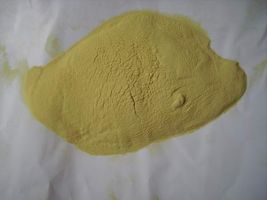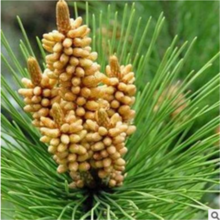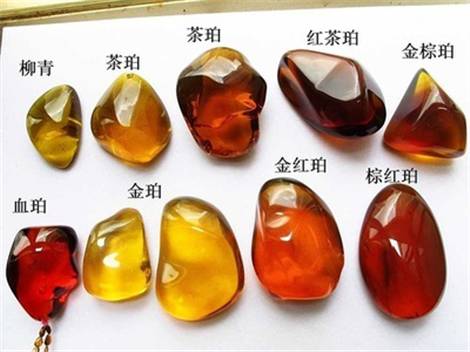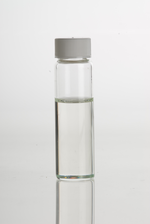[1] Barefoot Doctor's Manual- 1977 Prepared by the Revolutionary Health Committee
of Hunan Province. Original Chinese manual- Victor W. Sidel. Originally published
by Dr Joseph Quin and the Fogarty International centre, Bethdesda (1974). Madrona
Publishers Seattle Washington ISBN 0-914842-52-8
[2] A Complete English Dictionary of Medicinal Terms in Chinese Acupuncture and
Herbalism 1981- Henry Lu Chinese Foundations of Natural Health- The Academy of
Oriental Heritage, Vancouver, Canada.
[3]
rawforestfoods.com
Images
1.
tcmwiki.com
2.
asthmacenter.com
3.
alibaba.com
4.
en.wikipedia.org
5.
finance.ifeng.com
Pine oil: α-terpineol
[1]
and other cyclic terpene alcohols.
[2]
It may also contain terpene hydrocarbons, ethers, and esters.
[3]
References
[1] "
Reregistration
Decision – Pine oil (case 3113)" (PDF). Environmental Protection Agency.
October 2006.
[2] Merck Index, 11th Edition, 7416. p. 1182
[3]
en.wikipedia.org




 P.
sylvestris Sōng
jié yóu Oil
P.
sylvestris Sōng
jié yóu Oil